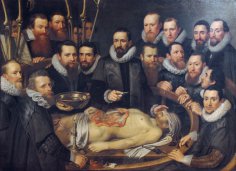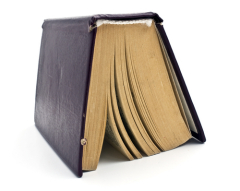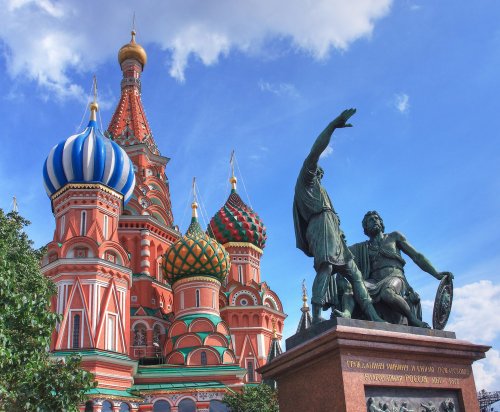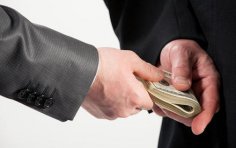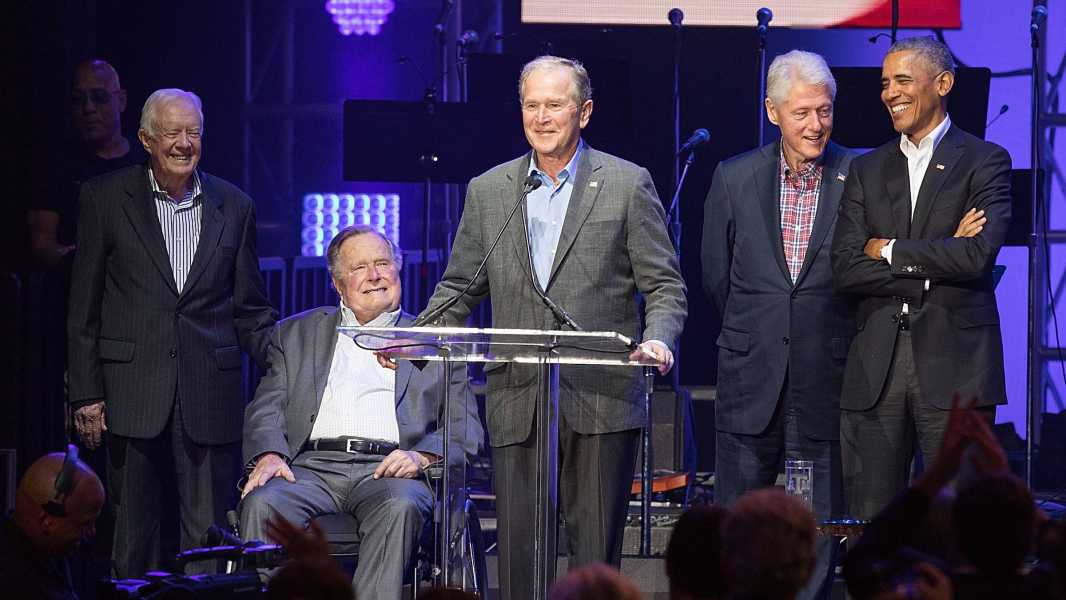
Former U.S. Presidents Jimmy Carter, George H. W. Bush, George W. Bush, Bill Clinton and Barack Obama address the audience during the “Deep from the Heart: A Call for One America” concert at Texas A&M University on October 21, 2017. (Photo by Rick Kern/Getty Images for Ford Motor Company)
Presidents seem to be everywhere: actively supporting themselves and their political allies, promoting their initiatives to the public and Congress, and hosting sports winners at the White House.
But what does the US President actually do during his day?
Being president involves more than just public appearances and formal meetings with foreign leaders. It also involves the ongoing management of a staff that Terry Sullivan, director of the White House Transition Project, a nonpartisan organization that helps new presidential administrations, describes as larger and more consequential than the role of CEO at a major international company.
One way to assess the job is to measure how many hours a day a president spends on the job. In recent decades, presidents have almost immediately started working more than they did on their first day, said Sullivan, who is also a professor emeritus at the University of North Carolina at Chapel Hill.
In an unpublished data set collected by Sullivan on the first 100 days of the presidencies of Dwight Eisenhower and George H. W. Bush, from 1953 to 1993, each president's work hours increased by about 10% from his first to his 100th day in office.
“Even with President [Jimmy] Carter's already extremely long workday (17.4 hours on average), that number increased by another 8%” from the first to the 100th day of his term, Sullivan told Live Science in an email.
So if presidents are rapidly increasing their hours, what are they spending them on? The answer is that they are spending more time on the very duties that many people think presidents should do—like serving as commander in chief—and less time on partisan matters.
On average, about 35% of the president’s waking time is devoted to roles unique to the office, including being commander in chief, or head of the armed forces, as outlined in the U.S. Constitution, and serving as the nation’s top diplomat, according to a forthcoming paper by Sullivan provided to Live Science. Another 31% of the president’s time is devoted to legislative duties, such as meeting with congressional leaders and signing bills into law, and running the White House, which involves overseeing the work of his appointed chief of staff and other top aides. Only about 1.4% of day-to-day activities, on average, were devoted to economic management, perhaps because that role is often delegated to subject-matter experts, Sullivan suggested.
Sullivan's analysis found that about 9 percent of the president's time is spent on tasks related to running his political party and communications. (The rest of the president's time is spent on travel and personal matters.)
All the time of the president
Anyone interested in how presidents spent any given day over the past century can easily access that information if they have an internet connection. Beginning with Franklin D. Roosevelt in 1933, presidents kept what is now called a “daily diary,” and many of those diaries can be found online at various presidential libraries, said John Woolley, co-director of the American Presidency Project at the University of California, Santa Barbara (UCSB). (The UCSB project also aims to create a comprehensive online archive of presidential public records.)
“[The diary] provides a really detailed view of what the president was doing, as opposed to the schedule of major events that is released to the media and the public,” Woolley told Live Science.
According to the Historical As
Sourse: www.livescience.com


